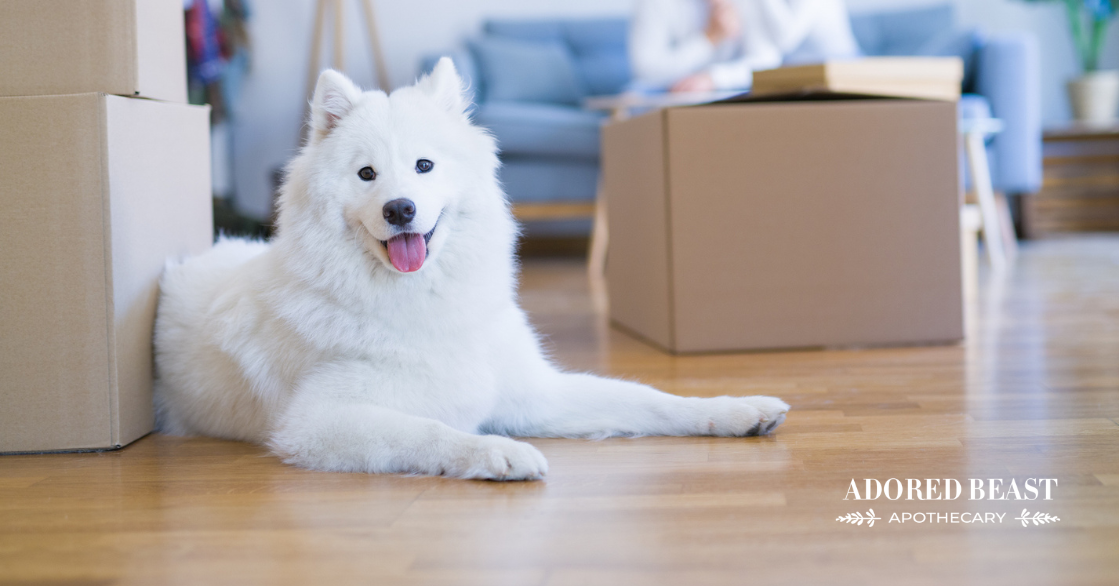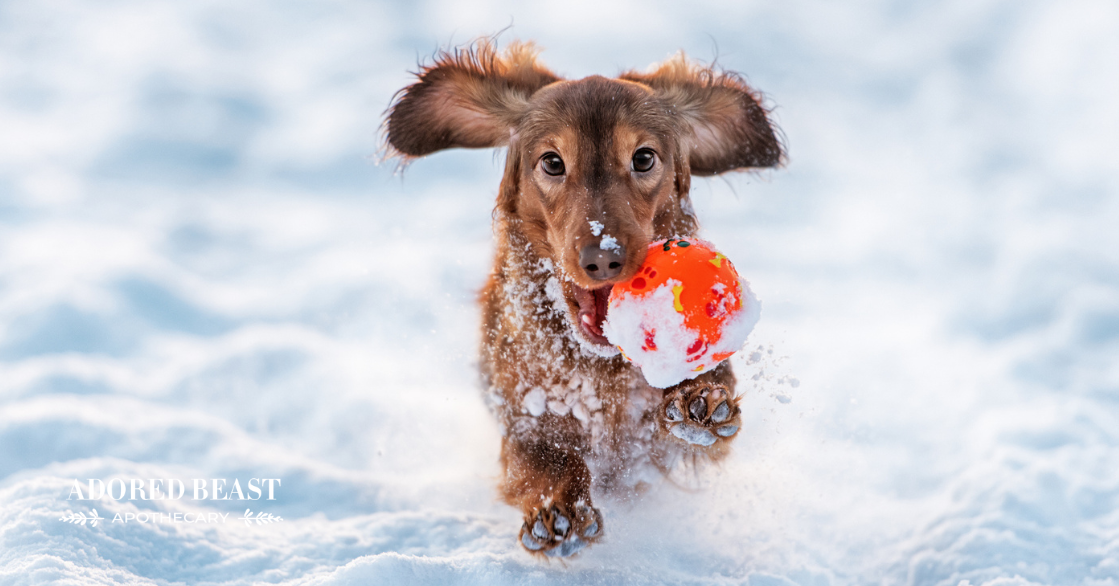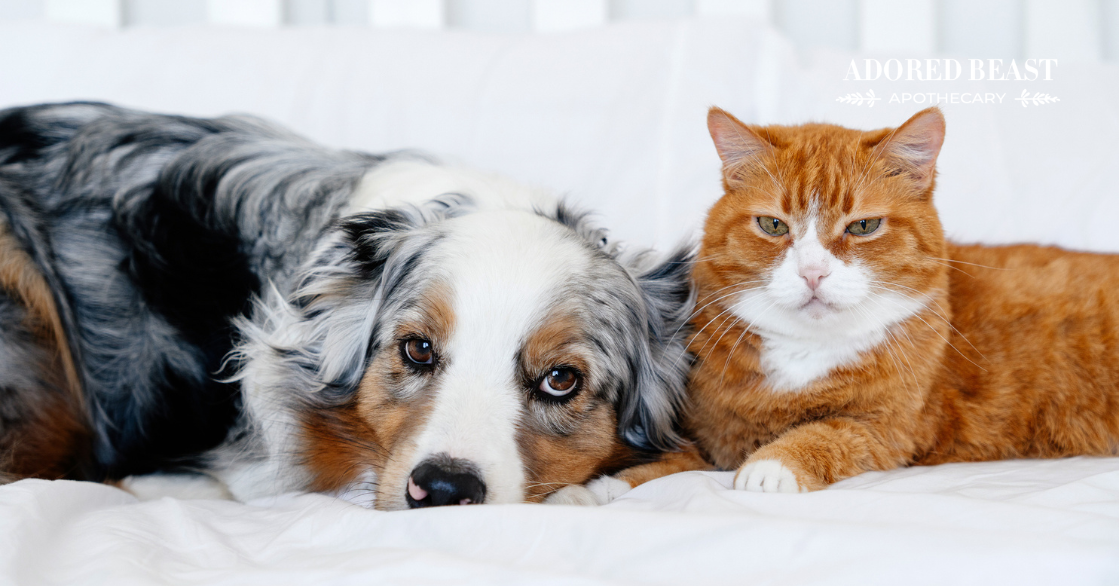Did you know that most people move during the summer season? Specifically, the busiest moving period in North America is generally between May and September.
Moving to a new home is a big adventure, but for your pet, it can be a source of stress and confusion. From the noise and chaos of moving day to the unfamiliar smells of a new house, it’s important to support your adored beast through the transition. Whether you’re moving across the city or to a new town, here are essential tips for moving with a dog or a cat to help make the process as smooth and safe as possible.
Tips for Moving with a Dog or a Cat
Before, during, and after, there are some very simple things you can do to make moving with a dog or cat safer and easier on your animal.
1. Have a Plan for Moving Day
Moving day can be overwhelming for everyone, but even more so for your canine or feline companion. Your goal should be to keep it as streess-free as possible for them.
Make sure your animal has a safe and calm place away from all the commotion. Often the best option is to have them stay with a friend, family member, or at a trusted doggy daycare. This way, you can focus on the move and they come home to a well-ordered house. If they need to stay with you, set up a quiet room with their favourite bed, toys, water, and food. This helps reduce anxiety and keeps them safely out of the way while boxes and furniture are being moved. Check in on them regularly, and allow for many breaks.
2. Do a Pet-Safe Clean Before Moving In
Before your animal sets paw in your new home, take time to do a pet-safe clean. The previous residents may have used cleaning products, pesticides, or left behind any number of things that could be dangerous.
When it comes to pet-safe cleaning, the recipes in this post have your whole house covered! You don’t need to worry about using them around your pet or be concerned if your pet accidentally licks the newly washed floor (or drinks out of the toilet)! Read it next: Pet Safe Cleaning Recipes.
It covers:
- All purpose cleaner
- Stain remover
- Glass cleaner
- Floor cleaner
3. Check the Yard for Hazards
If your new place has a yard, do a full inspection before letting your pet explore. Look for:
- Gaps or damage in fencing
- Poisonous plants like lilies, sago palm, or azaleas
- Lawn chemicals or pest traps
- Sharp objects, trash, or tools left behind
Making sure the outdoor area is safe will give you peace of mind and help your dog enjoy their new yard worry-free.
Read this for more: The Ultimate Guide to a Pet Safe Garden.
4. Update Your Dog’s ID Tag
In the early days after a move, your dog might feel disoriented or try to return to familiar surroundings, so having accurate ID is essential.
Once you’ve moved, be sure to update your dog’s ID tag with your new address and current phone number. If your dog is microchipped, log into the registry and make sure your contact information is up to date. If your pet doesn’t wear their collar at all times, consider leaving it on during the day for the first few weeks, just in case.
5. Slow Introduction to the New Home
Let your dog get used to the new space gradually. Start by walking together through the new house, showing them all the nooks and crannies. Take your time if they’re nervous. Let them explore at their leisure.
- If any areas are a no-go, try to make them inaccessible with a baby-gate or something similar.
- Make sure to show kitties where the litterbox is, and consider putting a few in different spots until they get used to the space.
- Place your pet’s water bowl in the spot it will stay for the foreseeable future and be sure to show them where it is.
- If they’re a bit anxious, give them one room where they can feel safe and comfortable, preferably with familiar items like their bed and toys.
- Try not to wash beds before the move so that smells from “home” are around. Alternatively, take used towels or the sheets from your bed (unwashed), and lay them on your pet’s bed. Smells can go a long way when it comes to creating a comfortable connection to a space.
If your pet seems anxious, perhaps consider some of these calming natural supplements or calming foods for the first little while!
6. Re-Establish Routine
Our pets thrive on routine, and sticking to your usual schedule will help them feel more secure in the new environment. Try to keep feeding times, walks, and play sessions consistent with what they were used to before the move.
Don’t forget to give them extra love and attention: playtime, snuggles, and positive reinforcement can ease the stress and make the transition feel like a new adventure.
Moving with a dog or cat takes some extra care and planning, but it’s well worth the effort to help your furry friend feel safe and secure in their new home. By creating a calm environment, checking for hazards, updating their ID, and easing them into their surroundings with love and routine, you’ll set the stage for a happy, healthy start in your new place, together. Happy moving!












